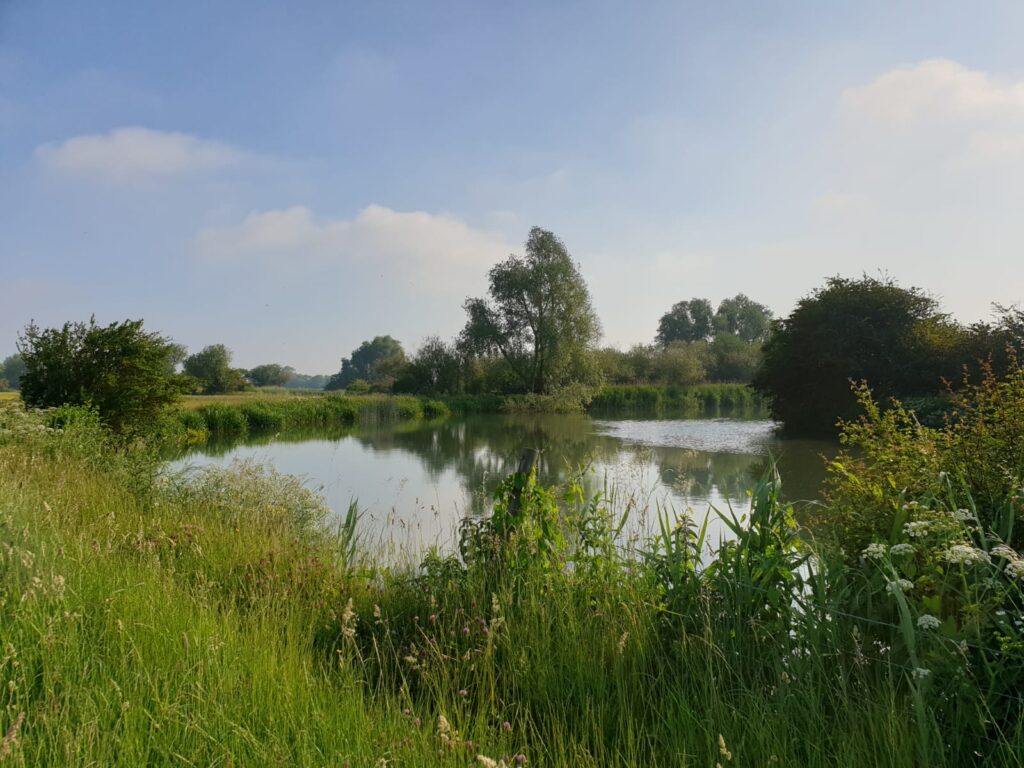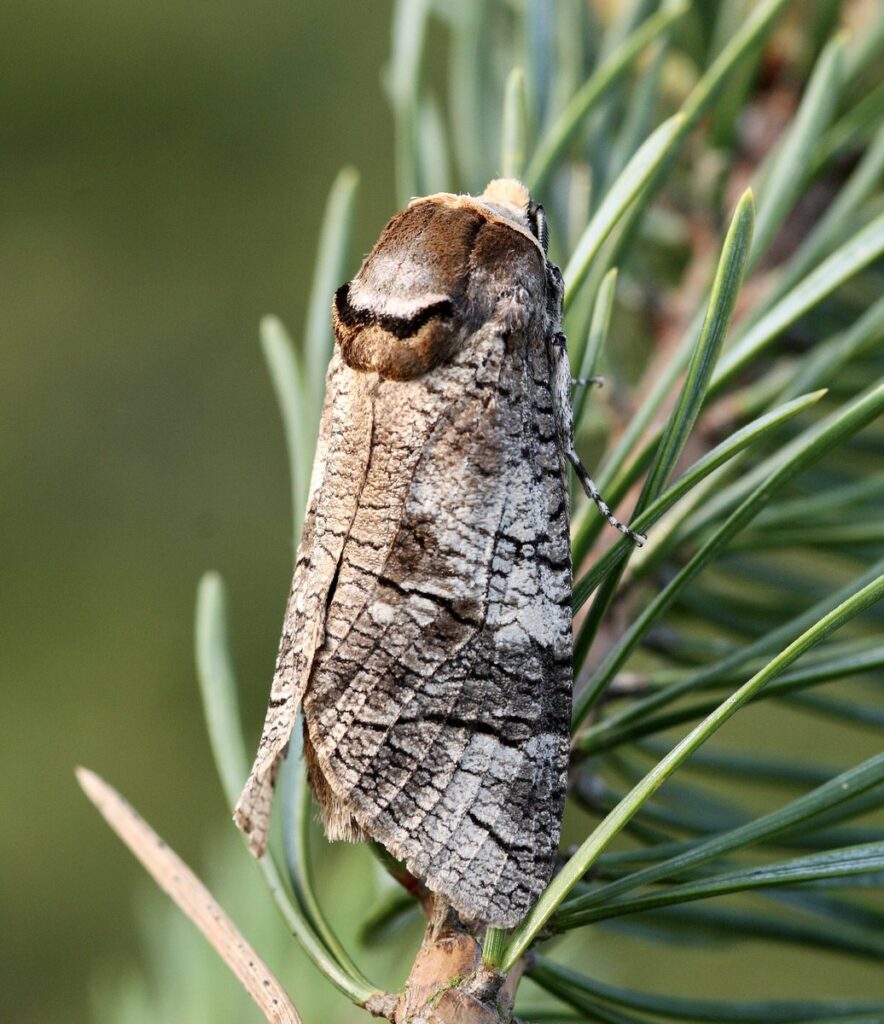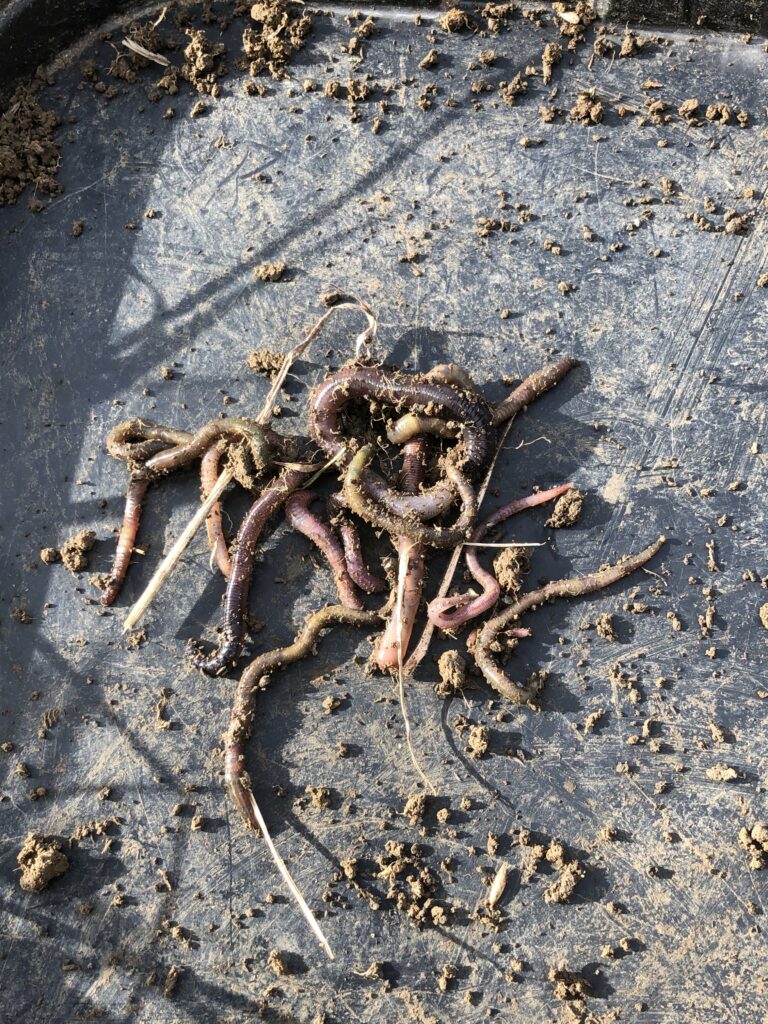Pasture Champions: Clare Hill and Silas Hedley-Lawrence, FAI Farms, Oxford 3/4
 River
River
How do you monitor the biodiversity?
We are tenants on the Oxford University farm and as such neighbour the Department of Zoology's field station. One activity carried out by Centre for Ecology and Hydrology (CEH) is monitoring of moths and butterflies here and at other sites across the country.
 Goat Moth image copyright Patrick Clement and CEH
Goat Moth image copyright Patrick Clement and CEH
When we converted to organic we saw an uplift in numbers here and we're hopeful that when we get the results from the latest survey, we will see further uplift from our regenerative management. Anecdotally, the volunteers carrying out the assessments have said that numbers across the country have been down this year but our number have remained stable which is a great indication.
We monitor our soil and ground level diversity and soil health using Soil Mentor. Looking at aspects such as sward diversity, earthworm count tells us that things are improving when it comes to biodiversity.
 Earthworm count
Earthworm count
We are also looking at water infiltration, VESS score, spading ease and bare soil. Although these are not direct biodiversity indicators they're all indicators of ecosystem processes and when these are functioning more effectively, it makes sense that this will benefit all organisms within the ecosystem.
Overall, I would just have to say that our farm “feels” better since moving to PFLA standards along side implementing Adaptive Multi Paddock Grazing.
Christopher Cooke from 3LM said to me last year: “There is no implement more sensitive than the human body” and this has helped articulate the feeling people get when they walk around the farm.
'I'm not able to identify the different grasses, legumes and forbs or the spiders and insects, but I can see more abundance coming each year since we started and that feels great.' Clare Hill



